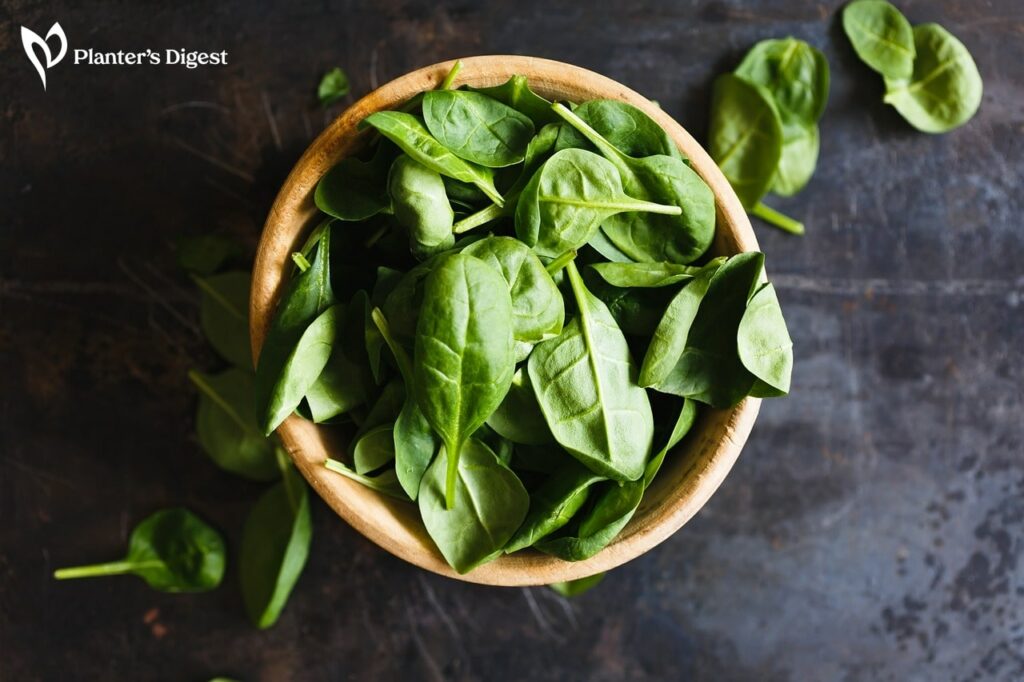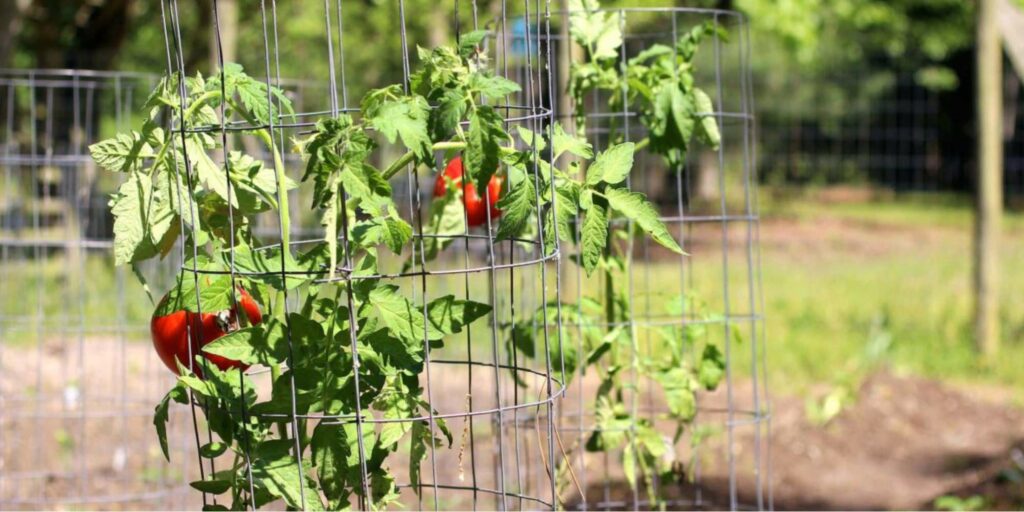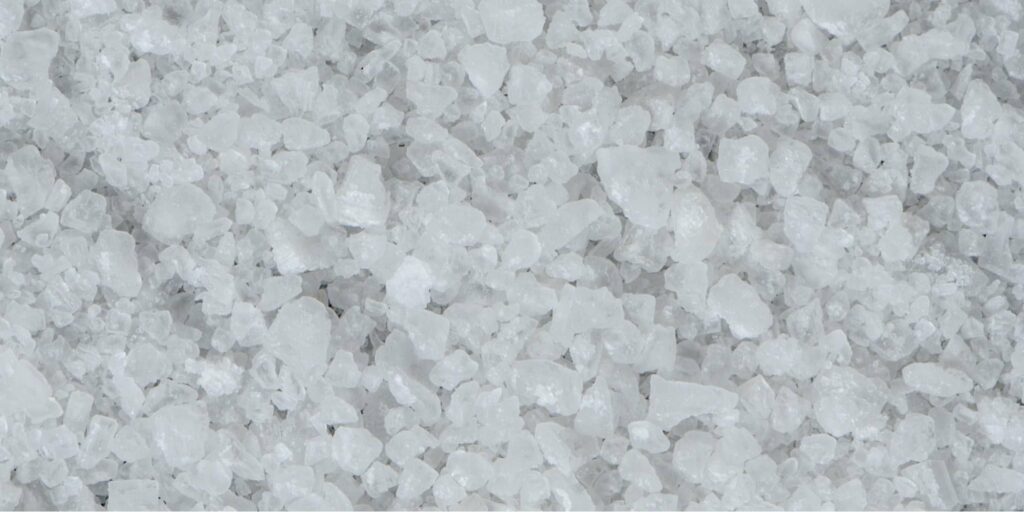Are your basil leaves so tiny you can barely taste them? Don’t blame yourself, because chances are, it’s not entirely your fault.
In this article, we’ll explain the common causes why your basil leaves are so small and give you tips on how to make them bigger and more flavorful. Read on to learn more!
Why are my basil leaves small?
Your basil leaves may be small because of insufficient sun exposure, overwatering, underwatering, lack of nitrogen, pests and diseases, and small containers.
Let’s talk about each cause and how to fix them.
1. Insufficient Sun Exposure
How To Fix:
Use grow lights on the basil plant.
To develop large leaves, basil requires 5 to 7 hours of direct sunlight. Less than this sunlight requirement, and it’s bound for stunted growth and leaf size.
When this herb doesn’t get enough sunlight, the leaves turn yellow and shed later. Still, placing your basil close to a window is not enough.
If you live in a country where the number of hours of direct sunlight is deficient, especially during non-summer months, your basil plant is less likely to develop, and its leaves will remain small.
Solution: Use grow lights on the basil plant.
| Difficulty | Average ●●●○○ |
| Speed | Slow-acting |
| Things You Need | Grow light |
Grow lights are a great alternative to encourage basil growth indoors if you cannot guarantee at least 5 hours of full sunlight. They produce significantly less heat, so they are less likely to damage your basil and can be placed closer to it.
The color of light they produce stimulates more growth. They consume less energy and have a longer lifespan, considering that you might need to keep them on for several hours daily.
2. Overwatering
How To Fix:
Apply the finger test before watering the basil plant.
Overwatering is arguably the most common reason for stunt growth in basil and small leaves. Excess water into the soil will slowly kill its roots and the plant, preventing its leaves from growing.
The right amount of water that basil needs varies depending on the age of the plant, where older plants require more water. On the other hand, you should also check the container size since a small pot can get soggy, so less water is needed.
Solution: Apply the finger test before watering the basil plant.
| Difficulty | Average ●●●○○ |
| Speed | Slow-acting |
| Things You Need | Watering can |
Add enough water to make the soil humid but not soggy. To discern whether or not you’ve added enough water, use the finger test.
If you already overwatered the plant, let the soil dry out first. The surface should become very dry and a bit hard to the touch.
In case you’ve overwatered your basil, remove the soil from the container and replace it with fresh and dry soil. Then, water gently and let the plant sit for a few days to recover.
3. Underwatering
How To Fix:
Water the basil plant regularly.
Dry soil and wilted crispy leaves are signs of underwatering. If prolonged, these conditions will limit the leaf growth and push the plant to flower or die of extreme drought.
Solution: Water the basil plant regularly.
| Difficulty | Average ●●●○○ |
| Speed | Slow-acting |
| Things You Need | Watering can Mulch |
If your basil plant is severely underwatered, it may take a few days or weeks to recover, but stay patient and water it regularly. So, water the plant until water runs out of the drainage holes and allow the soil to drain completely.
Keep in mind that basil plants need about an inch of water per week, but water more often during hot, dry weather. You can also add mulch around your basil plant to retain moisture in the soil.
4. Lack of Nitrogen
How To Fix:
Apply nitrogen-rich fertilizer.
Basil plants don’t require fertilizer, but you can use them to boost growth and encourage the plant to produce larger leaves.
You grow basil for the leaves, not for the roots, not for the flowers. So, ideally, you’d want a slightly higher nitrogen content fertilizer.
Solution: Apply nitrogen-rich fertilizer.
| Difficulty | Average ●●●○○ |
| Speed | Slow-acting |
| Things You Need | Nitrogen-rich fertilizer |
The best NPK ratio for basil and other herbs is 4-3-3 because it doesn’t burn the plant while having enough nitrogen to boost leaf growth. Just fertilize your basil only every two weeks in summer and once a month in spring.
Fertilizer might not be needed if you have been careful in using fresh potting soil of decent quality. If it already has compost, just wait because it will likely grow larger leaves.
5. Pests and Diseases
How To Fix:
Isolate and treat the basil plant immediately.
Downy mildew, fusarium wilt, gray mold, and root rot are the most common diseases that cause undeveloped basil plants and small leaves.
For instance, in root rot, it becomes slimy, loses color, and eventually turns black. On the other hand, in downy mildew, the leaves are turning yellow, and there is some evident gray growth on the underside.
Basil plants also suffer from parasitic attacks such as aphids, whiteflies, snails, nematodes, and flea beetles, which can also cause damage and leave small leaves in basil plants.
Solution: Isolate and treat the basil plant immediately.
| Difficulty | Average ●●●○○ |
| Speed | Slow-acting |
| Things You Need | Pruning shears Garbage bag Insecticidal soap Neem oil Pesticide Fungicide |
How To Do
1. Identify the pest or disease. Before treating the problem, identify what’s causing it. Look for signs of pests, such as insects or eggs, on the leaves or stems of the plant.
You can also look for signs of diseases, such as brown spots on the leaves, wilting, or stunted growth.
2. Isolate the plant. Once you have identified the problem, isolate the plant from other plants in your garden to prevent the pest or disease from spreading.
3. Remove any affected parts of the plant. Cut off any leaves or stems that are damaged by pests or diseases. Make sure to dispose of the affected parts properly.
4. Treat the plant. To kill pests, you can use insecticidal soap, neem oil, or other organic pesticides. You can also use fungicides to treat diseases.
5. Monitor the plant. Once you have treated the plant, monitor it for signs of improvement. If the pest or disease persists, you may need to treat the plant again until it’s gone.
6. Small Container
How To Fix:
Transfer the basil plant to a larger container.
Crowded plants and overflowing roots show that your basil plant needs a larger container to grow bigger leaves. Like many herbs, basil absorbs nutrients and water by developing an extensive root system.
A small container restricts the roots of your plants from spreading, thus preventing them from distributing more nutrients so the basil plant can grow larger leaves.
Solution: Transfer the basil plant to a larger container.
| Difficulty | Average ●●●○○ |
| Speed | Slow-acting |
| Things You Need | Large container Clay soil |
If your basil plant is not fully growing or the leaves are not getting any bigger, it’s likely because your container is not big enough to encourage your plant to develop further.
Move the basil plant to a large container of around 2 gallons, possibly in clay, where it can maximize its growth and allow your plant to produce large, healthy leaves.
Will small basil leaves taste good?
Small basil leaves taste good since they have a more tender and concentrated flavor. They’re easier to chop and are perfect for adding to salads, sandwiches, wraps, and pasta dishes or to make pesto, basil oil, and other sauces.
As long as the basil plant is grown at mild ambient temperature, with access to sufficient sunlight and adequate watering, that’s already a guarantee to harvesting the best flavor leaves.
How do you make basil leaves bigger?
Basil leaves grow big when planted in moist, well-draining soil with sufficient sunlight access to sunlight. Companion planting and regular pruning also help basil leaves to grow bigger.
Read on to learn how these conditions help make basil leaves grow big.
1. Keep the soil moist.
Moist soil makes basil leaves grow big, allowing the roots to absorb more water and nutrients. The roots can grow more vigorously and produce bigger leaves when the basil plant is well-hydrated.
Basil plants are also heavy feeders, so they need a steady supply of nutrients to grow large leaves, and they can get this with moist soil, which helps to deliver nutrients to the roots more efficiently.
Finally, basil plants prefer warm roots, but they can be damaged by heat stress, so moist soil helps regulate the roots’ temperature.
2. Plant in well-draining soil.
Well-draining soil allows air to circulate freely around the roots of the basil plant, and as a result, the roots get the oxygen they need to function correctly. It also helps prevent water from pooling around the roots and reduces the risk of fungal diseases.
3. Provide sufficient light to the basil plant.
Sunlight makes basil leaves grow big by helping the plant produce more chlorophyll. When basil plants have more chlorophyll, they can produce more energy to grow the plant and produce larger leaves.
Sunlight also helps strengthen the stems of basil plants that support heavier leaves. We recommend that you place your basil plants near a sunny window or where they will receive full sun.
4. Practice companion planting.
Basil is a good companion for other plants such as tomatoes, borage, peppers, carrots, and marigolds.
In return, these companion plants help to repel pests that can damage basil plants. For example, marigolds emit a strong scent that repels whiteflies and aphids, while ladybugs prey on aphids and other pests.
Other companion plants help to improve the nutrient absorption of basil plants. For instance, borage helps to increase the soil’s nitrogen content, which is essential for basil leaf growth.
5. Prune basil regularly.
Regular pruning is an effective gardening technique to make basil leaves grow big. When you prune a basil plant, it signals it to produce new branches and leaves.
These new branches and leaves are more likely to make large leaves than older growth because they’re more vigorous and have access to more nutrients.





